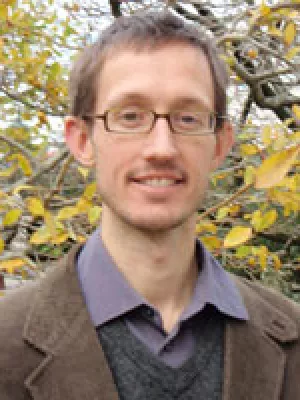
Martijn van Praagh
Adjunct senior lecturer

Lab Scale Simulation of a Leak in a Landfill Cover
Author
Summary, in English
Many Swedish landfills are currently applied with a final cover. To minimise costs and the use of natural resources, waste materials can be a suitable substitute in landfill covers. Depending on the wastes’ contents, their mobility and in which layer of the final cover they are used, they could potentially contribute to the emission potential of the landfill. In this study the impact on landfill leachate quality from the drainage water of a final cover is investigated.
Part of a landfill and its cover, below the upper drainage layer, was simulated in lab scale: The simulated liner was constructed from a mixture of fibre and ash residues from paper pulp production and the foundation and gas drainage layer was simulated by bottom ash from a municipal solid waste incinerator. The waste below the liner was simulated by residues from sorting of construction and demolition waste.
The leachate from the simulated damaged landfill cover had elevated concentrations of many substances including metals, ions and organic matter. However, the simulated landfilled waste could sorb several of these. Ag, Cd, Cu, Hg, N, P, Pb and Sb were sorbed to such an extent that the effect from the cover leachate was unnoticeable. The only pollutants that passed through the waste unattenuated were As, K, Na, TOC, V and Zn. In a real landfill the sorption would be even better since the waste mass will be much larger compared to the cover. Despite elevated concentrations of potentially complex forming substances there was no evidence that the cover leachate enhanced the leaching of any contaminants from the waste. Altogether the results show that the use of the studied waste materials in landfill covers can only be expected to have a small effect on the concentration of contaminants in the leachate from the landfill.
Part of a landfill and its cover, below the upper drainage layer, was simulated in lab scale: The simulated liner was constructed from a mixture of fibre and ash residues from paper pulp production and the foundation and gas drainage layer was simulated by bottom ash from a municipal solid waste incinerator. The waste below the liner was simulated by residues from sorting of construction and demolition waste.
The leachate from the simulated damaged landfill cover had elevated concentrations of many substances including metals, ions and organic matter. However, the simulated landfilled waste could sorb several of these. Ag, Cd, Cu, Hg, N, P, Pb and Sb were sorbed to such an extent that the effect from the cover leachate was unnoticeable. The only pollutants that passed through the waste unattenuated were As, K, Na, TOC, V and Zn. In a real landfill the sorption would be even better since the waste mass will be much larger compared to the cover. Despite elevated concentrations of potentially complex forming substances there was no evidence that the cover leachate enhanced the leaching of any contaminants from the waste. Altogether the results show that the use of the studied waste materials in landfill covers can only be expected to have a small effect on the concentration of contaminants in the leachate from the landfill.
Department/s
- Division of Water Resources Engineering
Publishing year
2010
Language
English
Document type
Conference paper
Topic
- Water Engineering
Keywords
- Landfill cover
- Landfill liner
- Leachate
- Sorption
- Metals
- Organic matter.
Conference name
Linnaeus ECO-TECH'10
Conference date
2010-11-22
Conference place
Kalmar, Sweden
Status
Published